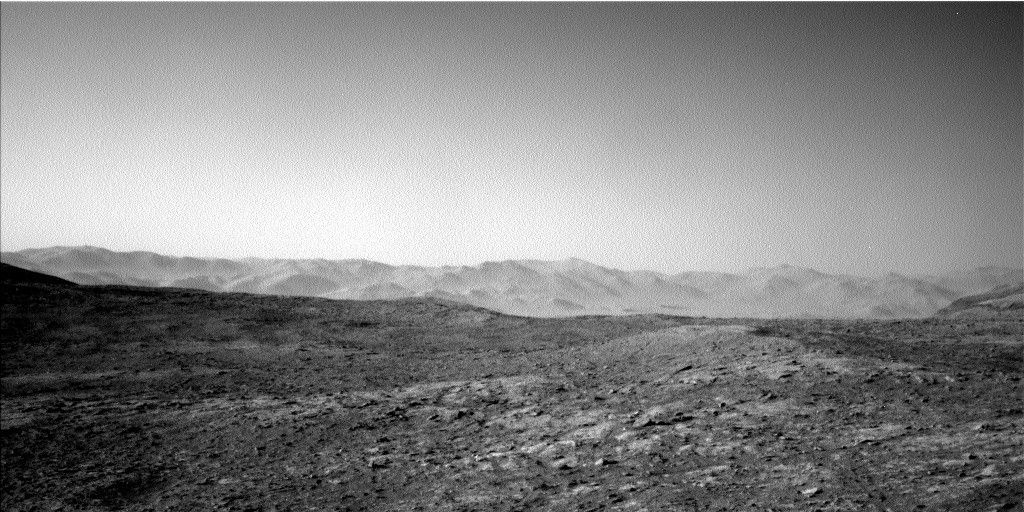MSL planning started 2 hours later than usual today because the Sol 1575 data needed for planning weren't expected until almost 10 AM PST.
MSL planning started 2 hours later than usual today because the Sol 1575 data needed for planning weren't expected until almost 10 AM PST. Unfortunately, the news was not good: An arm fault prevented the MAHLI
full suite from completing, leaving the camera close to the surface with its dust cover open.
The remote science and drive that were
planned to follow were also precluded. Fortunately, this fault has occurred before and is well understood, but recovering from the anomaly
made for a rather hectic day for me as SOWG Chair!
The first order of business was to get MAHLI into a safe configuration,
so the Sol 1576 plan starts with a single MAHLI image to look for
evidence of dust on the exposed optics. Front Hazcam images will be
taken before and after MAHLI is retracted from the
surface, then Right Mastcam will take a picture of MAHLI's optics,
again to look for dust contamination. Finally, the MAHLI dust cover
will be closed and APXS placed on Dorr Mountain for a short
integration. The arm will then be stowed and Right Mastcam
will acquire a 5x1 mosaic of a distant mesa named "Lobster Mountain."
ChemCam and Right Mastcam will observe Dorr Mountain and a bedrock
target dubbed "Parkman Mountain," and Left Mastcam will take another
image of the rover deck to monitor changes in the
dust and sand on the deck. Mastcam will also measure the amount of
dust in the atmosphere before the drive is attempted again. We don't
expect as much data as usual in time for planning the next Sol, so we
had to carefully prioritize the post-drive imaging,
which includes another Navcam stereo pair of the arm workspace. Later
in the Sol, ChemCam will autonomously observe a target selected by the
AEGIS software. Finally, the rover will recharge overnight to get ready
for more fun on Sol 1577.
by Ken Herkenhoff
Dates of planned rover activities described in these reports are subject to change due to a variety of factors related to the Martian environment, communication relays and rover status.
Written by Ken Herkenhoff, Planetary Geologist at USGS Astrogeology Science Center






























